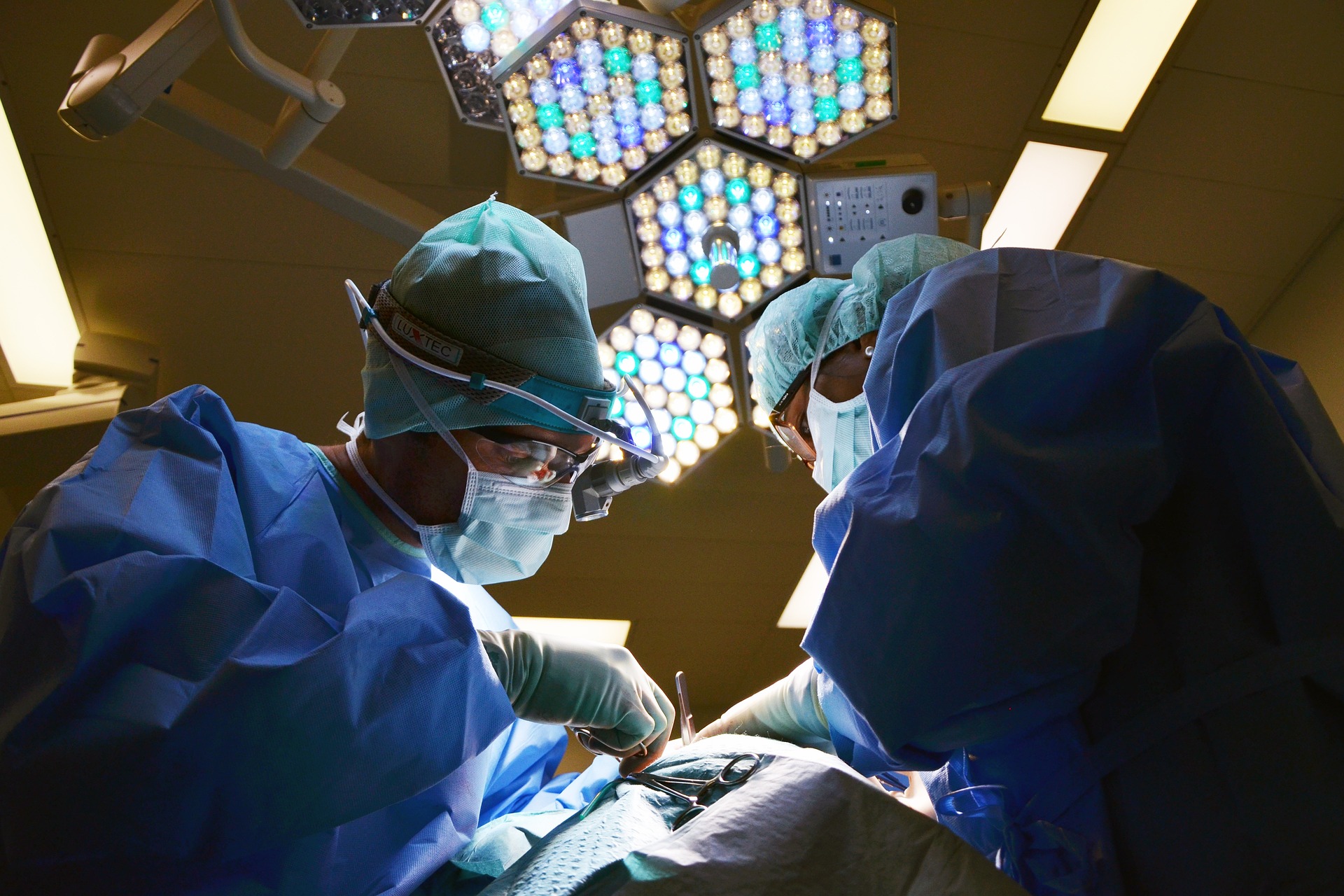Abdominoplasty: Understanding Tummy Tuck Surgery and Recovery
Abdominoplasty, commonly known as a tummy tuck, is a surgical procedure designed to remove excess fat and skin from the abdominal area while tightening the underlying muscles. This operation is popular among individuals who have experienced significant weight loss or pregnancy, resulting in loose, sagging skin around the stomach. Abdominoplasty can help restore a flatter, more toned appearance to the midsection, but it's essential to understand that it is a major surgical procedure requiring careful consideration and thorough preparation.

How is the abdominoplasty procedure performed?
The abdominoplasty procedure typically takes place in a hospital or specialized surgical center under general anesthesia. The surgeon begins by making a horizontal incision between the pubic hairline and navel. Through this incision, weakened abdominal muscles are repaired and sutured, while excess fat, tissue, and skin are removed. In some cases, liposuction may be used to refine the transition zones of the abdominal sculpture. The belly button is often repositioned to maintain a natural appearance, and the incision is closed with sutures, skin adhesives, tapes, or clips.
What are the potential risks and complications of tummy tuck surgery?
As with any major surgery, abdominoplasty carries certain risks. Potential complications can include infection, bleeding, blood clots, poor wound healing, and adverse reactions to anesthesia. There’s also a risk of asymmetry, contour irregularities, or unsatisfactory aesthetic results. Patients may experience numbness or changes in skin sensation, which are usually temporary but can persist. It’s crucial for individuals considering this surgery to discuss all potential risks and complications with their surgeon during the consultation process.
How long is the recovery period after abdominoplasty?
Recovery from abdominoplasty typically requires several weeks. Most patients can return to work and light activities within two to four weeks, but more strenuous exercises and activities may need to be postponed for up to six weeks or more. During the initial recovery period, patients are advised to wear compression garments to minimize swelling and support the healing tissues. Pain and discomfort are common in the first few days but can be managed with prescribed medications. Full recovery and final results may not be apparent for several months as the body continues to heal and adjust.
What should patients expect during the consultation and preparation for surgery?
During the initial consultation, the surgeon will evaluate the patient’s medical history, current health status, and aesthetic goals. They will examine the abdominal area and discuss the most appropriate surgical approach. Patients should be prepared to discuss their expectations and ask questions about the procedure, recovery, and potential outcomes. In preparation for surgery, patients may be asked to undergo medical evaluations, adjust current medications, stop smoking, and avoid taking certain anti-inflammatory drugs and herbal supplements that can increase bleeding risk.
Where is abdominoplasty typically performed, and what hospital considerations are important?
Abdominoplasty is usually performed in a hospital or accredited surgical facility. The choice of hospital is crucial for ensuring optimal safety and results. Patients should look for facilities that are accredited and have experience in performing cosmetic surgeries. Important considerations include the hospital’s infection control measures, the qualifications of the surgical team, and the availability of emergency care if needed. Many surgeons have privileges at multiple hospitals, so patients may have options to choose from based on location, comfort, and personal preference.
| Hospital Type | Typical Length of Stay | Post-Op Care Offered |
|---|---|---|
| Outpatient Surgery Center | Same day discharge | Limited, follow-up appointments |
| Short-Stay Hospital | 1-2 nights | 24-hour nursing care, pain management |
| Full-Service Hospital | 2-3 nights | Comprehensive care, physical therapy options |
Prices, rates, or cost estimates mentioned in this article are based on the latest available information but may change over time. Independent research is advised before making financial decisions.
In conclusion, abdominoplasty is a significant surgical procedure that can dramatically improve the appearance of the abdominal area. It requires careful consideration, thorough preparation, and a commitment to post-operative care for optimal results. While the recovery process can be lengthy, many patients find the outcome to be transformative, both physically and emotionally. As with any elective surgery, it’s essential to have realistic expectations and to choose a board-certified plastic surgeon with extensive experience in abdominoplasty procedures.
This article is for informational purposes only and should not be considered medical advice. Please consult a qualified healthcare professional for personalized guidance and treatment.






